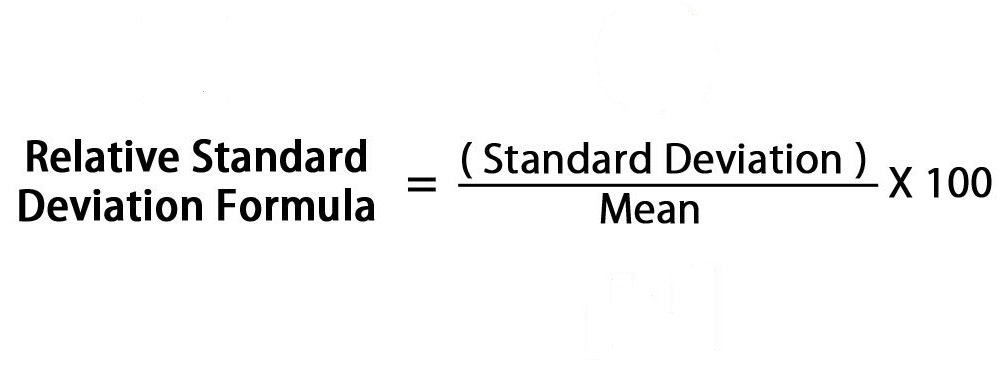

However, in statistics, we are usually presented with a sample from which we wish to estimate (generalize to) a population, and the standard deviation is no exception to this. Therefore, you would normally calculate the population standard deviation if: (1) you have the entire population or (2) you have a sample of a larger population, but you are only interested in this sample and do not wish to generalize your findings to the population.

We are normally interested in knowing the population standard deviation because our population contains all the values we are interested in. When to use the sample or population standard deviation In statistics, we are usually presented with having to calculate sample standard deviations, and so this is what this article will focus on, although the formula for a population standard deviation will also be shown. These two standard deviations - sample and population standard deviations - are calculated differently. However, as we are often presented with data from a sample only, we can estimate the population standard deviation from a sample standard deviation. Usually, we are interested in the standard deviation of a population.

The standard deviation is a measure of the spread of scores within a set of data.


 0 kommentar(er)
0 kommentar(er)
